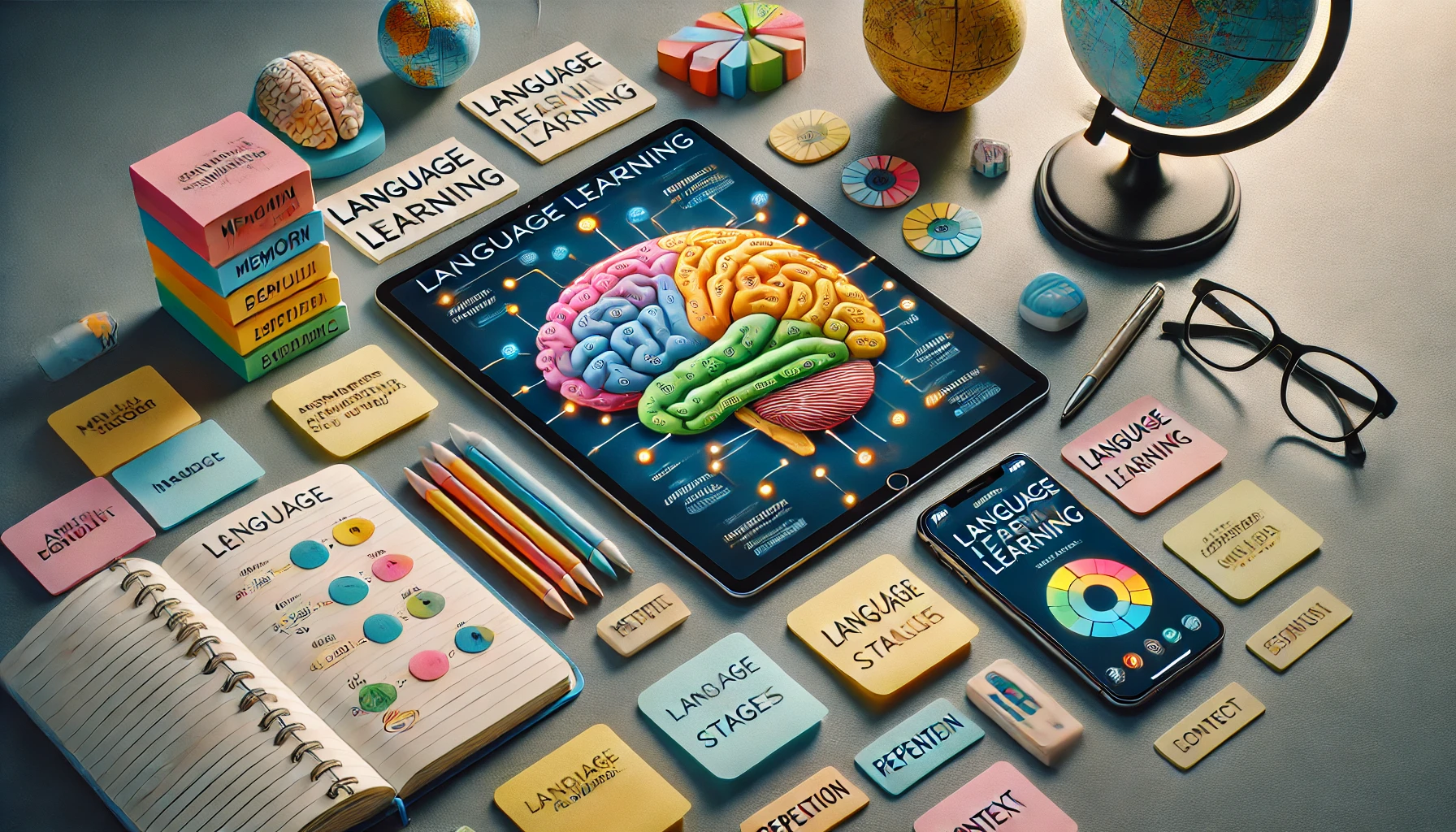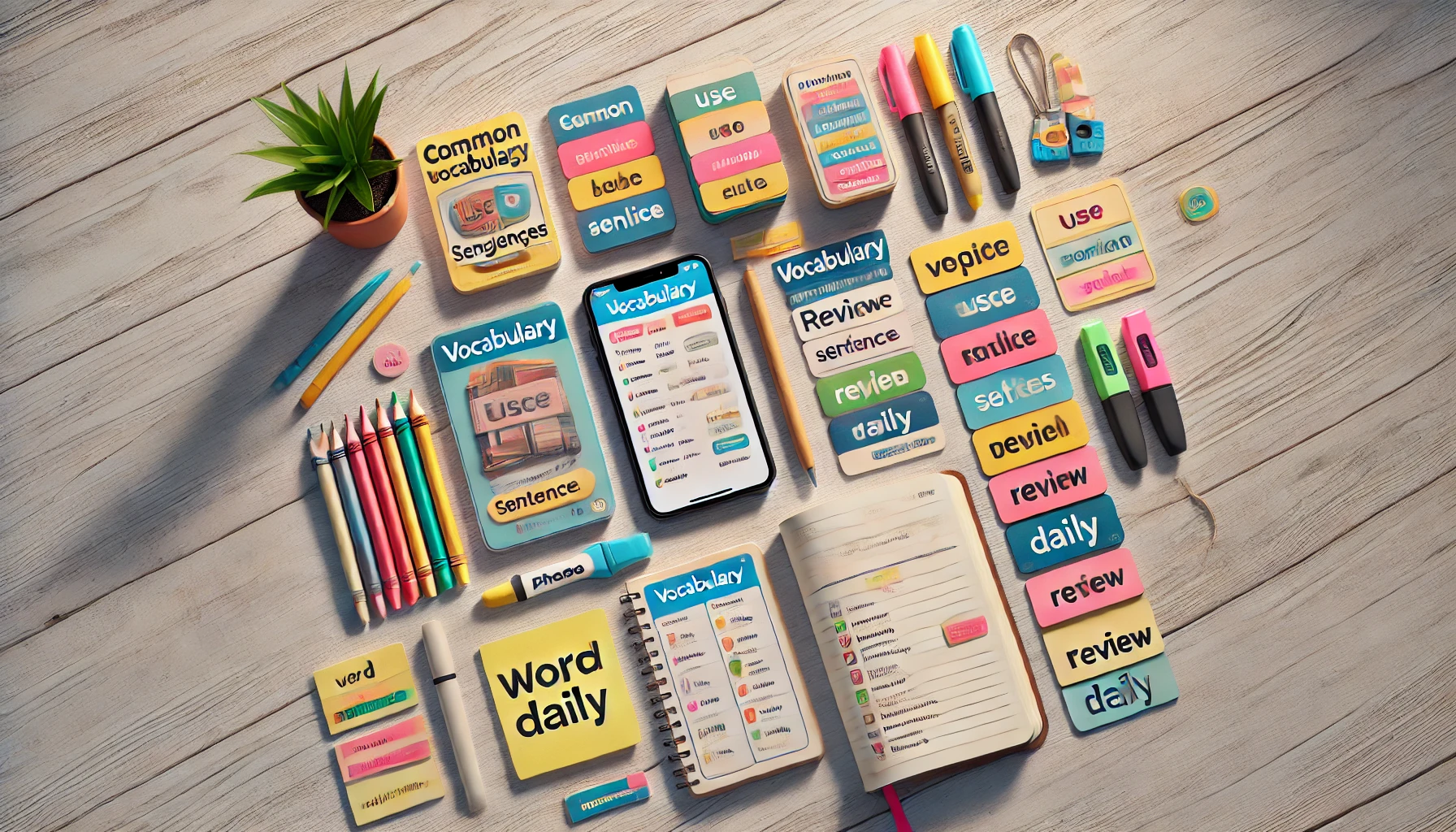Learning a new language is a journey that requires dedication, consistent practice, and effective memory techniques. Among various tools available for language learning, flashcards have stood the test of time as one of the most effective methods for retaining vocabulary, grammar rules, and even complex phrases. In this guide, we’ll explore how to use flashcards effectively to boost your language retention in the long term, with practical tips, techniques, and strategies that maximize their benefits.
Table of Contents
- 1. Why Flashcards Are Effective for Language Learning
- 2. Choosing the Right Type of Flashcards
- 3. Structuring Your Flashcards for Maximum Retention
- 4. Utilizing Spaced Repetition for Long-Term Memory
- 5. Incorporating Visuals and Mnemonics
- 6. Mixing Vocabulary with Contextual Phrases
- 7. Tracking Progress and Reviewing Regularly
- 8. Tips for Using Digital Flashcards and Apps
- 9. Common Mistakes to Avoid with Flashcards
- 10. Final Thoughts on Long-Term Retention with Flashcards
1. Why Flashcards Are Effective for Language Learning
Flashcards are simple yet powerful tools that help learners engage in active recall, a process where you actively stimulate your memory by trying to remember information on your own. This differs from passive review, like re-reading notes, because active recall strengthens the neural connections in your brain, making it easier to retain information for a longer period.
Flashcards are especially effective for language learning because they allow you to practice vocabulary, grammar, and pronunciation in a focused, repetitive manner. By isolating specific words or phrases, you give yourself the chance to commit them to memory, which is crucial for achieving fluency.
2. Choosing the Right Type of Flashcards
When it comes to flashcards, one size doesn’t fit all. Here are some different types of flashcards you can consider, depending on your learning preferences:
- Traditional Paper Flashcards: Ideal for learners who enjoy writing things out by hand, which can reinforce memory through physical action.
- Digital Flashcards: Apps like Anki, Quizlet, and Memrise offer features like spaced repetition, audio pronunciation, and images, making them highly versatile.
- Audio Flashcards: Perfect for practicing pronunciation and listening skills, these flashcards include a recorded word or phrase, helping you associate the sound with the meaning.
- Image Flashcards: By using visuals instead of translations, you encourage your brain to think in the target language, which is essential for advanced learners.
3. Structuring Your Flashcards for Maximum Retention
The way you structure your flashcards has a significant impact on their effectiveness. For language learning, consider structuring your flashcards with the following elements:
- Word or Phrase in Target Language: Always put the word or phrase in the target language on one side of the flashcard.
- Translation or Meaning: Include the translation or meaning on the opposite side to check your understanding.
- Example Sentence: Adding an example sentence provides context, which helps with understanding the usage.
- Pronunciation Guide: For languages with unfamiliar sounds, include a pronunciation guide or audio clip.
- Gender and Conjugation (If Applicable): For languages that use gendered nouns or verb conjugations, include these details to reinforce grammatical knowledge.
By including these elements, you’re not only memorizing the word itself but also understanding how it fits within the language’s structure, making it easier to retain in the long term.
4. Utilizing Spaced Repetition for Long-Term Memory
Spaced repetition is a scientifically-backed technique that schedules reviews of information at increasing intervals. This method helps combat the “forgetting curve,” a phenomenon where we gradually forget information over time. By revisiting flashcards just before you’re about to forget them, you reinforce memory retention effectively.
Many digital flashcard apps, like Anki, incorporate spaced repetition algorithms, automatically scheduling your reviews based on your recall performance. This way, you focus more on words you struggle with and less on those you already know well.
5. Incorporating Visuals and Mnemonics
Adding visuals and mnemonics to your flashcards can enhance memory retention by engaging multiple parts of the brain. Associating a word or phrase with an image or a memorable story can make it easier to recall. For example, if you’re learning the Spanish word gato (cat), you might picture a cat wearing a hat to remember it.
Mnemonics are particularly useful for tricky words, grammar rules, or phrases. By creating associations or humorous connections, you can make language learning feel less daunting and more engaging.
6. Mixing Vocabulary with Contextual Phrases
Learning vocabulary in isolation can make it challenging to remember or use words correctly in real-life situations. Incorporate phrases or sentences that show the word in context on your flashcards. This approach helps you understand the word’s nuances, how it fits into sentences, and its grammatical role.
For example, instead of just learning the French word manger (to eat), include a sentence like Je vais manger une pomme (“I am going to eat an apple”) to see the word in action.
7. Tracking Progress and Reviewing Regularly
Tracking your progress with flashcards can provide motivation and help you identify areas for improvement. Many digital flashcard apps allow you to track your study frequency, progress, and mastery level. Reviewing flashcards consistently, even those you feel confident about, is essential for long-term retention.
Set aside specific times during the week to review your flashcards, aiming for consistent practice rather than long, sporadic sessions. Regular short reviews are more effective for retention than occasional intensive study sessions.
8. Tips for Using Digital Flashcards and Apps
Digital flashcards offer a range of features that can make language learning more interactive and flexible. Apps like Quizlet, Anki, and Memrise allow you to add audio, images, and even animations, making learning more dynamic.
- Utilize Audio Pronunciation: Many apps allow you to hear the correct pronunciation, which is invaluable for language learning.
- Engage with the App’s Community: Some platforms allow users to share flashcard decks, giving you access to premade decks for various languages and topics.
- Adjust Difficulty Levels: Digital flashcards can adapt based on your mastery level, showing you difficult cards more frequently.
9. Common Mistakes to Avoid with Flashcards
While flashcards are a powerful tool, some common mistakes can reduce their effectiveness. Here’s what to avoid:
- Overloading Flashcards with Information: Keep each flashcard focused on a single concept to avoid overwhelming your memory.
- Neglecting Spaced Repetition: Reviewing all flashcards in one session can lead to burnout and decreased retention.
- Relying Solely on Translations: Use images or context instead of relying on direct translations to improve your thinking in the target language.
- Ignoring Pronunciation Practice: Don’t skip audio elements, as pronunciation is crucial for effective communication in any language.
10. Final Thoughts on Long-Term Retention with Flashcards
Flashcards are a versatile and effective tool for language retention when used correctly. By focusing on active recall, spaced repetition, and contextual learning, you can create a powerful study routine that leads to long-term memory retention. Remember, the key to effective flashcard usage is consistency and adaptability. Don’t be afraid to experiment with different types, structures, and review techniques to find what works best for you.
Incorporating flashcards into your language learning journey can enhance your vocabulary, improve your pronunciation, and make the learning process more engaging. With regular practice and a strategic approach, flashcards can be a valuable ally in achieving language fluency.




